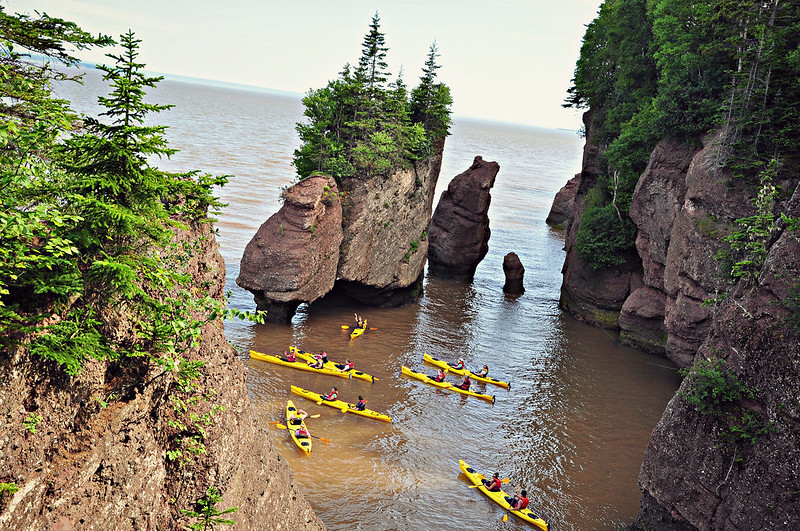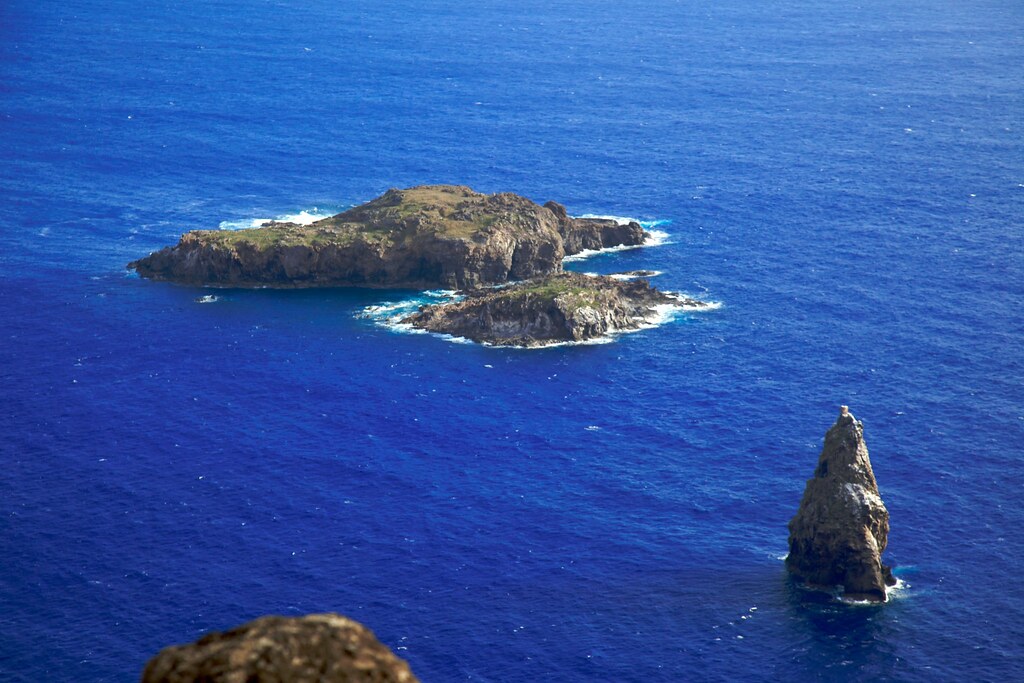A visual blog that explores aspects of Earth's water in science, nature and human civilization
January 27, 2016
January 26, 2016
Dams
Dams are solid structures built across rivers to obstruct or divert the flow of water. Dams today are massive engineering superstructures of steel and concrete used to create water supply reservoirs and also generate hydro-electric power.The size and scale of some modern dams can create an adverse impact on the surrounding ecosystem and human settlements.
In ancient times, dams were used mainly to divert or obstruct flood water and protect harvests and habitations. Some dams from the Roman era or even earlier still exist and are functional today. Most ancient dams were gravity dams.

Dams are created not just by humans but animals. Beavers fell trees and branches across running streams or rivers to create a water reservoir around their underground homes.
 |
| By Cheryl Reynolds, Worth a Dam CC BY-SA 3.0, via Wikimedia Commons |
January 19, 2016
Water in Art: Music
The Water is Wide, thought to have originated from lines of an Irish folk song Carrickfergus. The version in the video is by the The Gothard Sisters, an American Celtic music group.
January 17, 2016
January 15, 2016
Tides
The gravitational pull of the moon and sun has an effect on Earth objects, but none so visible and spectacular as that on water.
The phenomenon of tides is caused by the gravitational forces drawing water from oceans and seas in different directions causing it to rise and ebb. High and low tides fill and empty coastal areas with more prominent effects taking place at the time of full and new moons, the equinox and supermoons.
Tidal ranges record the difference between high and low tide levels on the shore. The highest tides are recorded at the Bay of Fundy in Canada.

The phenomenon of tides is caused by the gravitational forces drawing water from oceans and seas in different directions causing it to rise and ebb. High and low tides fill and empty coastal areas with more prominent effects taking place at the time of full and new moons, the equinox and supermoons.
Tidal ranges record the difference between high and low tide levels on the shore. The highest tides are recorded at the Bay of Fundy in Canada.

January 14, 2016
Dikes and Levees
Dikes and Levees have existed in human civilization from ancient times. These structures natural or manmade, hold water back from adjoining land especially in low lying areas (below water level).
Levees are designed to hold back excess water running into and flooding otherwise dry land. Dikes on the other hand, are embankments designed to hold back water at all times.
‘God created the world, but the Dutch created Holland’ is a saying popular in the Netherlands for more than a 1000 years. Dikes, canals, dams and windmills protect the low lying Netherlands from being overrun with floods from rivers and the North Sea.
Levees are designed to hold back excess water running into and flooding otherwise dry land. Dikes on the other hand, are embankments designed to hold back water at all times.
‘God created the world, but the Dutch created Holland’ is a saying popular in the Netherlands for more than a 1000 years. Dikes, canals, dams and windmills protect the low lying Netherlands from being overrun with floods from rivers and the North Sea.
 |
| A dike in the Netherlands. Note the North Sea at a higher level on the left. |
 |
| A levee in hurricane prone Florida in Southern USA. Photo: NPS |
January 13, 2016
Water Fountains
Water fountains are a common sight throughout the world. Used in ancient times primarily as a source of water for drinking and washing, fountains of today are architectural and engineering marvels used for showpieces and a source of relaxation.
Ancient Romans were master builders of decorative fountains which are in existence today also.
Ancient Romans were master builders of decorative fountains which are in existence today also.
 |
| The iconic Merlion fountain of Singapore (Own Photo) |
 |
| Trevis Fountain in Rome-One of the oldest fountains in the world Trevinight" by Wjh31 - Own work - http://lifeinmegapixels.com. Licensed under CC BY 3.0 via Commons |
January 12, 2016
Water in Art: Music (Flowing Water performed on Guqin)
Ancient composition High Mountain, Flowing Water performed on traditional Chinese musical instrument, the guqin.
January 11, 2016
Stars in the Sea: Milky Seas
For centuries, mariners had reported incidents of the surface of the sea glowing an eerie blue at night. This phenomenon is known as the milky seas and is caused by luminous bacteria in sea water creating an effect known as "bioluminescence".
Milky seas are more commonly reported in the Southern Indian Ocean and have been observed from high up in space.
Milky seas inspired some of the spectacular night effects in the Oscar award winning movie, Life of Pi.
These awe-inspiring phenomenon are a great tourist attraction throughout the world. Check out the Sea of Stars on Vaadhoo Atoll in Maldives in the Indian Ocean and the Bio Bays of Peurto Rico for starters.
 |
| Milky Sea at Yacht Port of Zeebrugge, Belgium © Hans Hillewaert / , via Wikimedia Commons CC-BY-SA-4.0 |
Milky seas inspired some of the spectacular night effects in the Oscar award winning movie, Life of Pi.
These awe-inspiring phenomenon are a great tourist attraction throughout the world. Check out the Sea of Stars on Vaadhoo Atoll in Maldives in the Indian Ocean and the Bio Bays of Peurto Rico for starters.
January 10, 2016
January 07, 2016
January 03, 2016
January 02, 2016
Easter Islands - The Bluest Water on Earth
While all water is blue, there are varying shades of it as covered in this post on the colour of the sea.
But there are spots on earth which boast of crystal clear, blue pristine waters.
And the deepest shade of blue is considered to be found at a spot in the Pacific Ocean, a few hundred metres off the remote Easter Islands in the Southern Pacific. This deep blue shade is attributed to the absence of chlorophyll and plankton in this area. The underwater visibility extends to hundreds of feet making this location a favourite spot for divers.
But there are spots on earth which boast of crystal clear, blue pristine waters.
And the deepest shade of blue is considered to be found at a spot in the Pacific Ocean, a few hundred metres off the remote Easter Islands in the Southern Pacific. This deep blue shade is attributed to the absence of chlorophyll and plankton in this area. The underwater visibility extends to hundreds of feet making this location a favourite spot for divers.
 |
| Flickr Photo by David Berkowitz Easter Island - Rapa Nui |
 |
| Flickr Photo By: Nicolas de Camaret Motu Nui Easter Island |
January 01, 2016
Subscribe to:
Comments (Atom)




